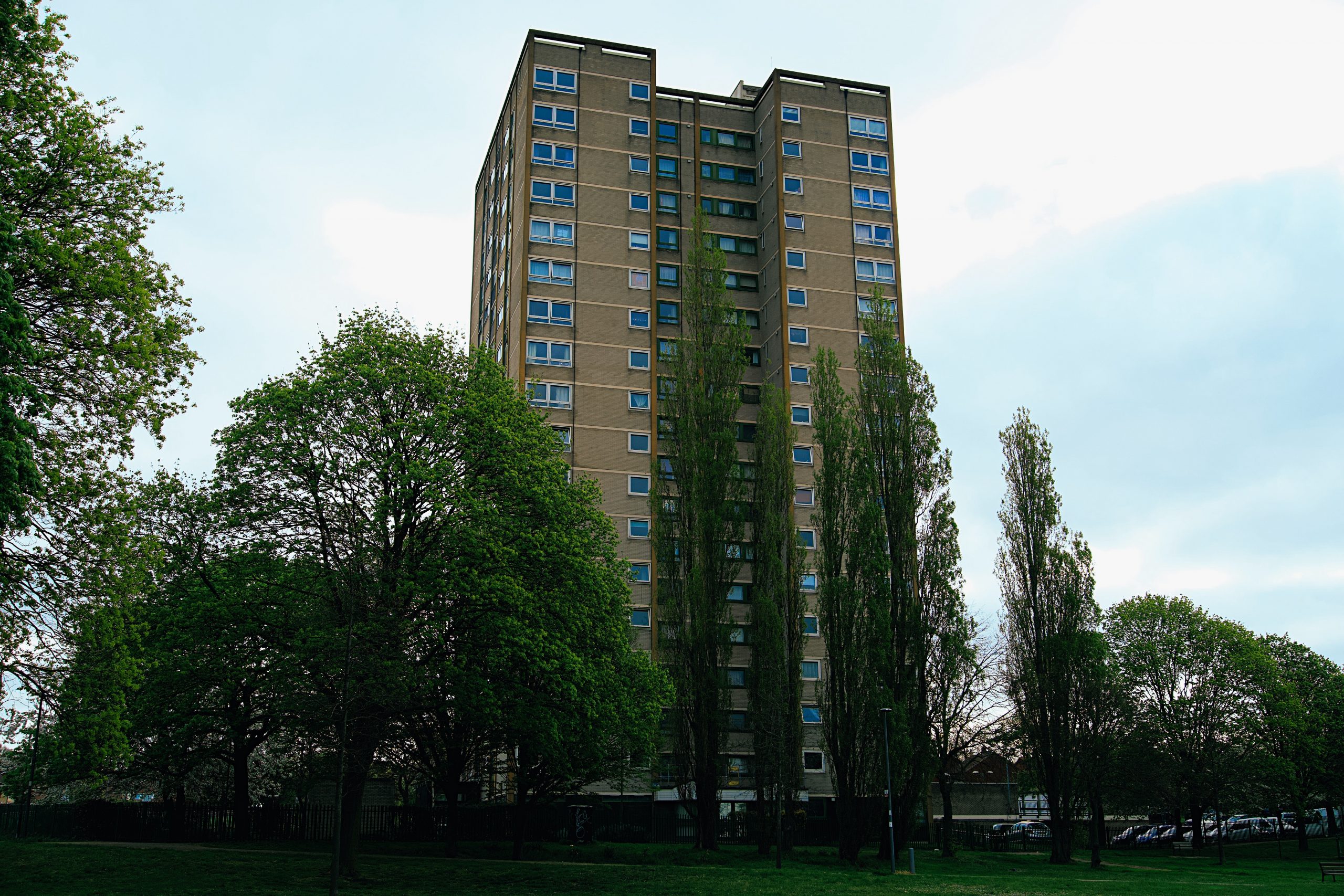
Managing Blocks of Flats in Autumn/Winter
Although seasonal changes can be a breath of fresh air, they also carry a variety of risks for landlords and building managers, posing the potential for liability disputes. Legislation such as the Corporate Manslaughter and Homicide Act of 2007 and the Health and Safety at Work Act 1974 hold you accountable for maintaining a safe property.
If you think that autumn and winter only carry the usual slips and trips risks, think again. It is important to understand and prepare for seasonal risks—like package and post theft due to festive season online shopping, and fire hazards from fairy lights—by implementing proper risk management techniques.
Understanding Seasonal Risks
Whether it be autumn leaves or winter snowfall, be sure to consider the following seasonal risks:
Leaves, Snow and Ice Risks
- Slips, trips, falls or serious injury from ice/icicles
- Blocked passageways, cars, car parks, building entrances and exits from excess snow or ice
- Damaged pipes and gutters from snow or leaves
- Injury from working at height to clear roof and gutters of excess leaves or snow
- Exterior damage from tree branches or the roof itself collapsing under the weight of snow
- Flooding due to melted snow and ice
Extreme Cold Risks
- Frozen or burst pipes
- Temporarily halted water supply
- Tenant and visitor illnesses due to poor indoor heating system or insulation
- Heating system failure or breakdowns
If you think that autumn and winter only carry the usual slips and trips risks, think again. Prepare for the following seasonal risks.
Communal Area Risks
- Fire hazards from candles or kitchens in lounges
- Fire and electricity hazards from festive lights or decor, inside (the lobby) and outside (the garden)
- Package and post theft, which generally increases during the festive season
- Increased third-party liability due to tenants’ festive season guests
- Blocked entrances and exits from festive decor, winter accessories (such as snow boots or umbrellas) or excess rubbish
- Damaged floors in communal areas from tenants tracking in dirt, snow and salt
Implementing Proper Risk Management
Keeping these seasonal risks in mind, it is important to use risk management techniques to counter potential hazards and decrease the chance for liability issues.
Leaves, Snow and Ice Risk Management
- Routinely clear outdoor communal areas, such as car parks and entryways, of ice and snow by ploughing and gritting. Always be sure you are properly stocked with salt and grit materials.
- Have a detailed map of areas that tend to accumulate large amounts of snow or leaves, such as the roof, and schedule routine removal.
- Update and maintain snow and leaf removal vehicles and equipment.
- Offer proper personal protection equipment to maintenance employees working in snowy or icy conditions, especially at height.
- Inspect pipes regularly. Perform routine checks to ensure they are working properly when snow and ice occur, and install insulation on exposed pipes.
- Keep outdoor surfaces level, paved and clear of potholes to reduce water and ice accumulation.
Extreme Cold Risk Management
- Turn off water flow to outside taps to prevent freezing. Make sure the gutters stay clear to prevent ice build-up.
- Ensure all tenants know where their stopcocks are located and that they know what to do in the event of a leak or frozen pipe.
- Update and maintain building insulation and properly seal windows. Make sure the indoor temperature stays comfortable and safe (at least 21C) during cold months. The Department for Communities and Local Government caution that there is a small risk of health effects below 19C, and below 16C there are serious health risks for the elderly.
- Schedule routine checks for your heating systems.
Communal Areas Risk Management
- Establish a written agreement with tenants regarding safe practices for festive lights, candle use and decorations in communal areas. In addition, do not permit festive lights or candles to be lit for extended periods, especially when unsupervised.
- Routinely check electrical fittings, such as the sockets and fuse board, to decrease the chance of electricity hazards from festive light use.
- Be sure to enforce rules that prohibit decorations from blocking entry and exit areas during celebrations.
- Establish a written agreement with tenants regarding celebrations, guests and behaviour in communal areas.
- Make sure tenants, staff and visitors are aware of emergency evacuation plans in the event of a fire.
- Ensure outdoor communal areas have adequate lighting to compensate for less daylight and that lightbulbs are all in working order.
- Routinely clear communal areas of excess leaves, snow and rubbish.
- Verify that your block’s doors, windows and letterboxes are secure. Make sure that all outdoor access points are controlled to prevent unauthorised public access and post theft.
- Complete a health and safety risk assessment that considers seasonal risks and risks specific to communal areas. Include a fire risk assessment.
For additional guidance on property management and preparing for autumn and winter, contact Hazelton Mountford today.
